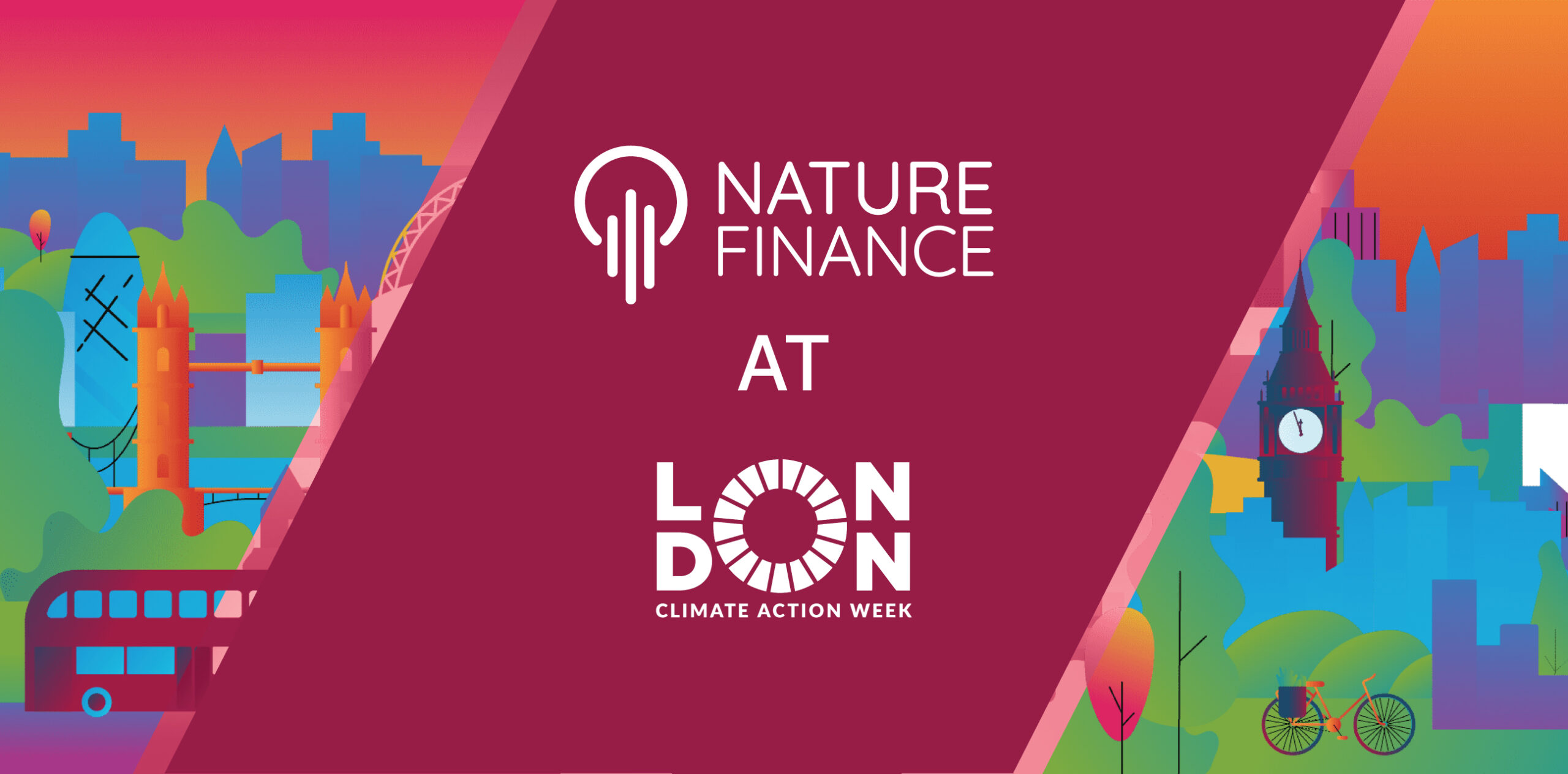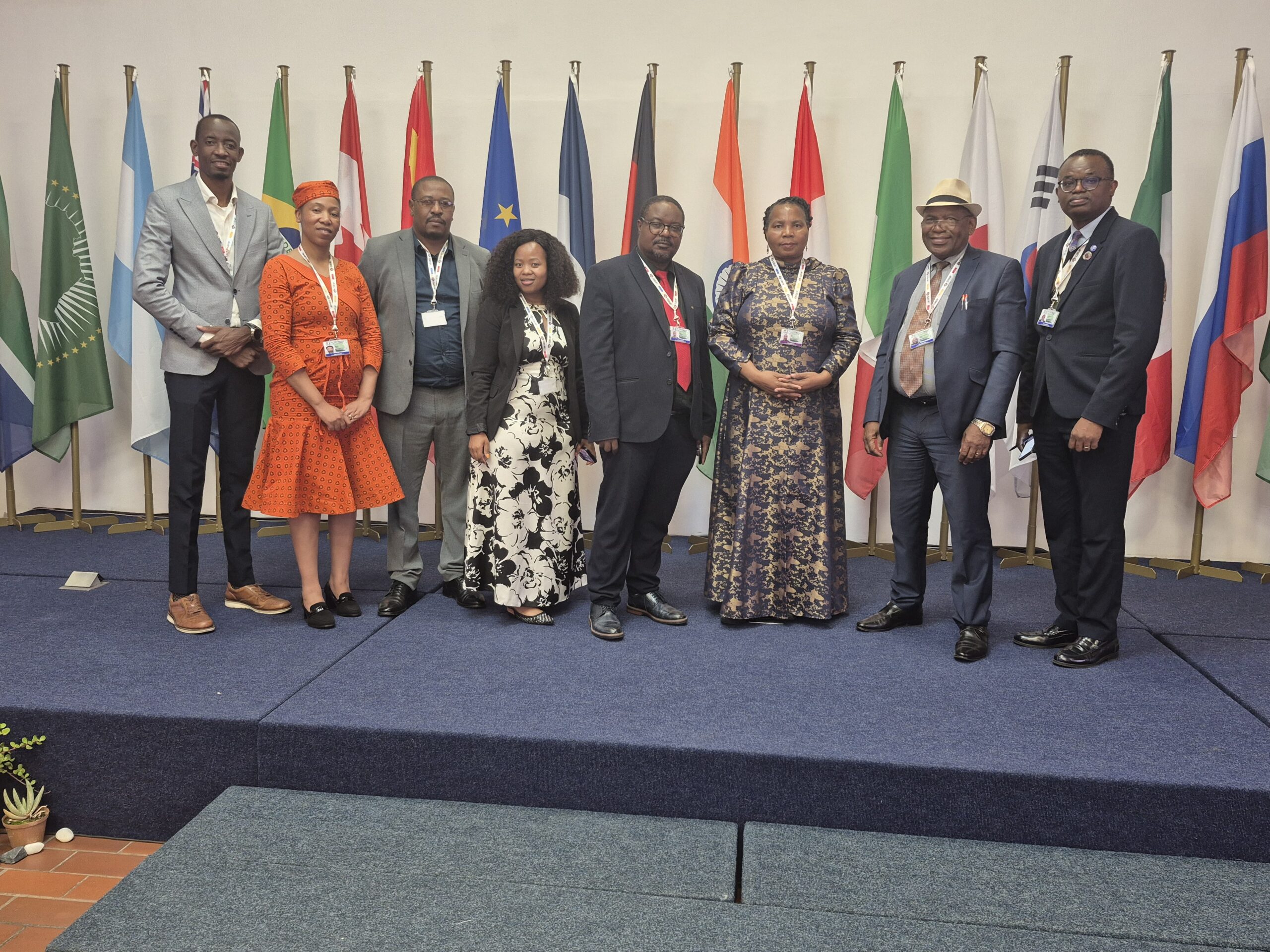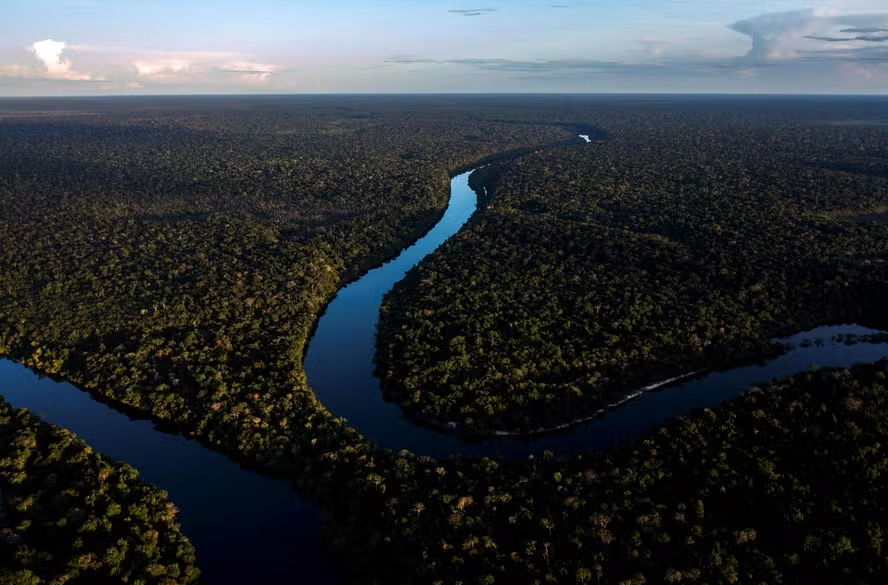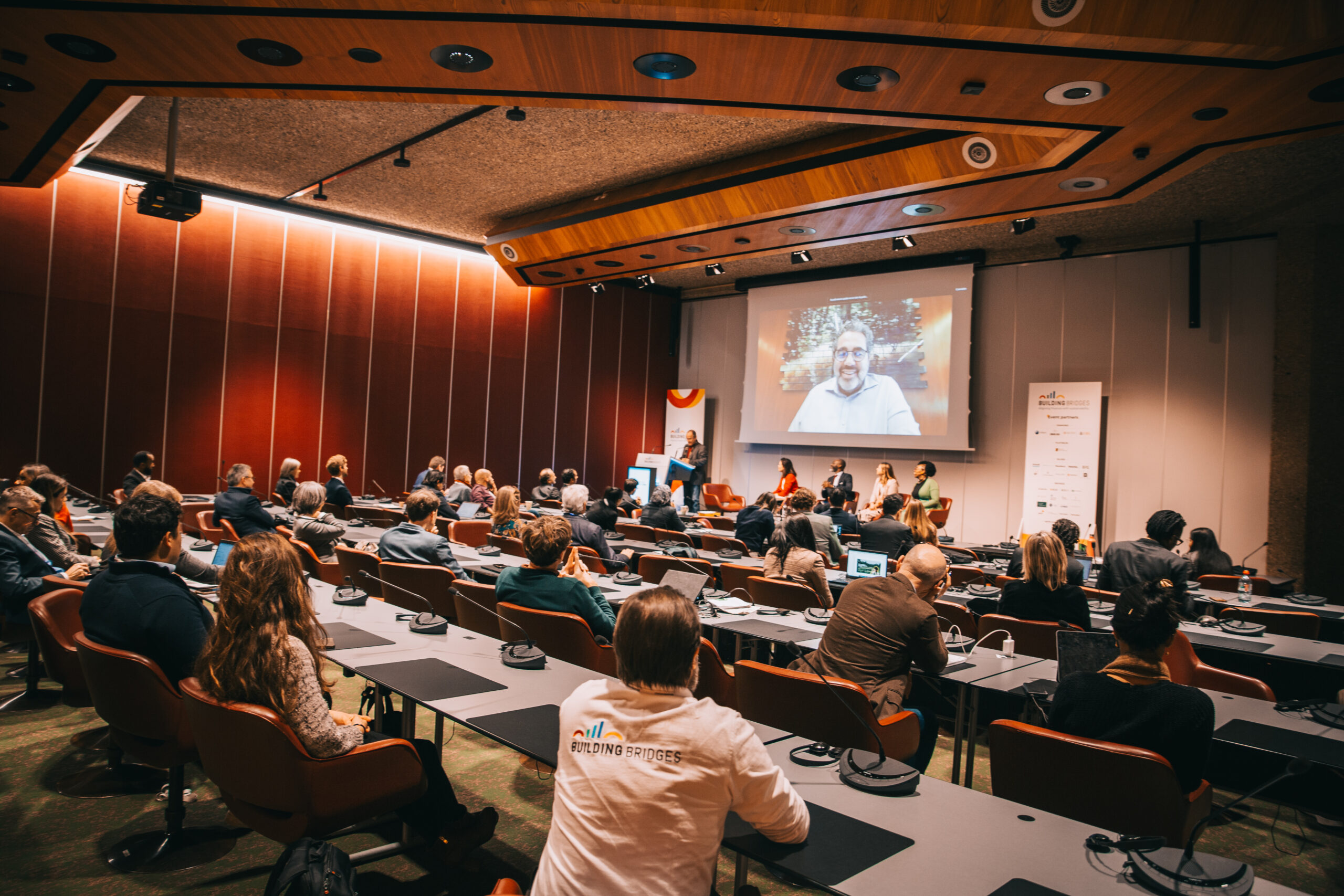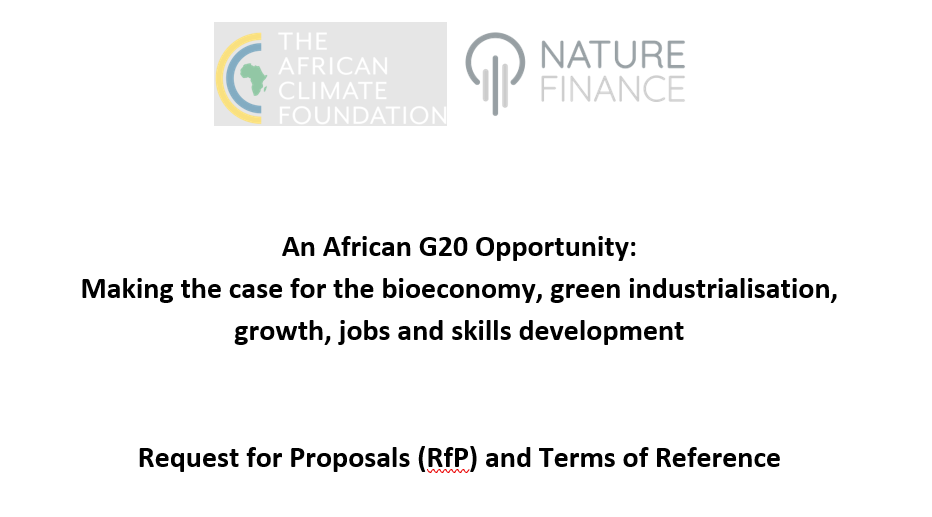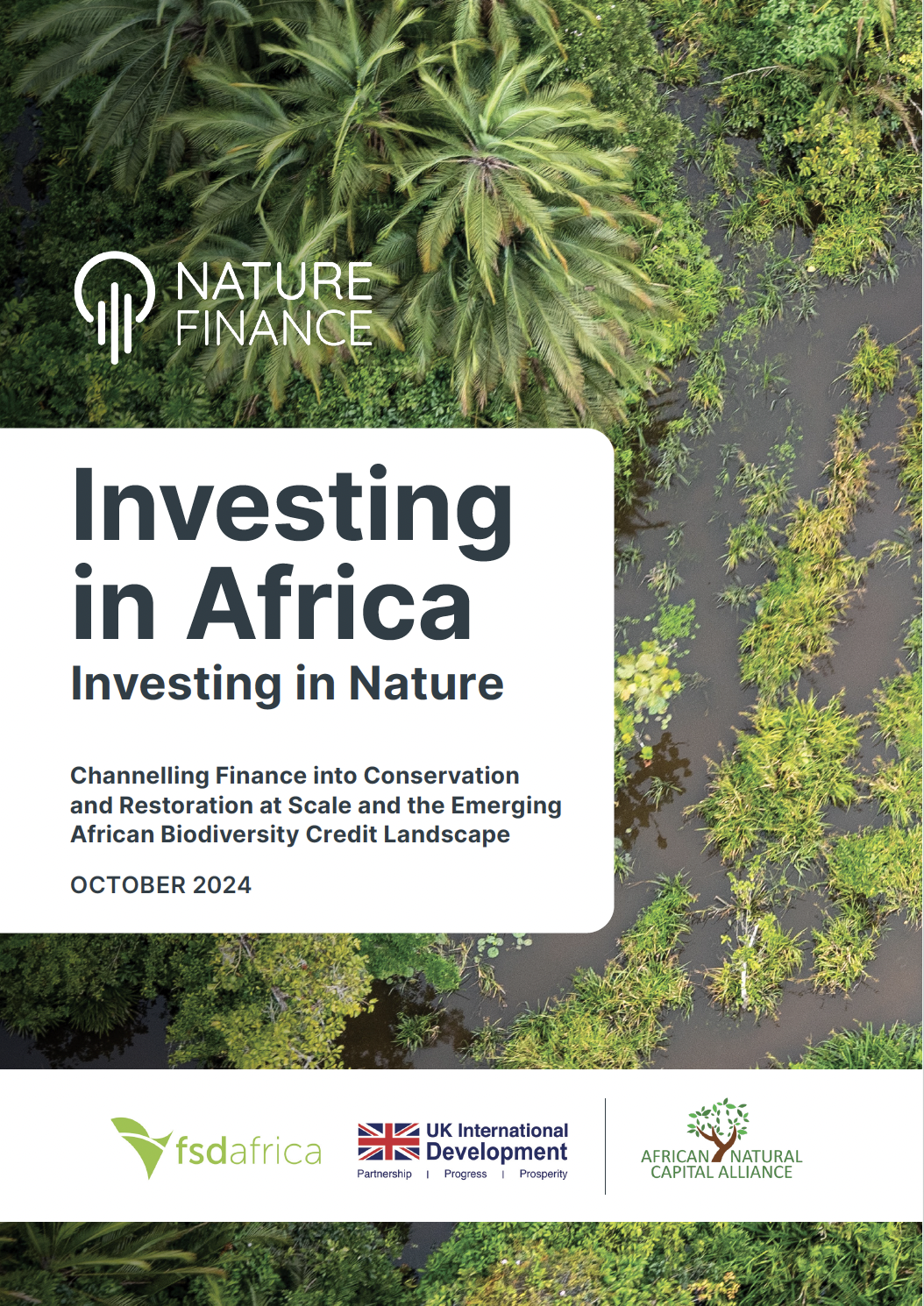- Historic Kunming-Montreal Global Biodiversity Framework (GBF) includes protecting 30% of land and sea by 2030, commits to US$200 billion by 2030
- NatureFinance Alignment Tool directly supports Goal D, Target 14 noting importance of mainstreaming the alignment of financial flows with the GBF
- Potential of biodiversity credits to finance the GBF raised on CBD COP15 Finance day
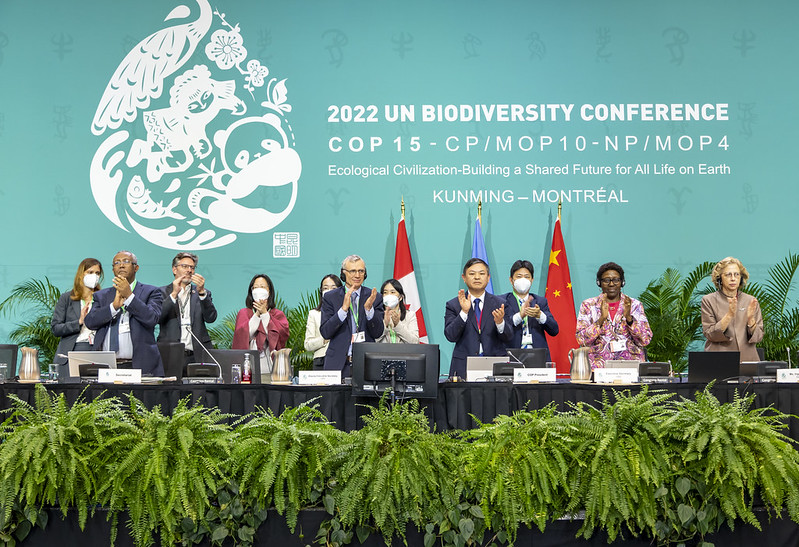
After over four years of negotiations, COP 15 concluded with an historic agreement. The Kunming-Montreal Global Biodiversity Framework (GBF) supports the 30 by 30 commitment to ensure that by 2030, at least 30% of land and sea is conserved and protected areas equitably governed. The framework commits to mobilising at least US$200bn by 2030, of which US$30bn will be from ODA (Official Development Assistance). It also commits to a US$500million a year reduction in subsidies that harm nature.
Agreement on essential areas for the effective implementation of the GBF include: monitoring and reporting, capacity building, technical assistance, resource mobilisation and benefit sharing from the use Digital Sequence Information (DSI) on genetic resources.
The GBF provides clear measurable goals that can guide public and private sector action, comparable to what the Paris Agreement did for climate. The overall response to the GBF has been cautious enthusiasm.
“Six months ago, who would have thought we could get 30 by 30 in Montreal? We have an agreement to halt and reverse biodiversity loss, to work on restoration, to reduce the use of pesticides. This is tremendous progress.”
Steven Guilbeault, Canadian Minister of the Environment and Climate Change
NatureFinance COP15 Highlights and Links to the GBF Targets
NATURE-FINANCE ALIGNMENT
Understanding the relationship between finance and nature is key to achieving the goals set by the GBF. On December 10th, 2022 NatureFinance launched a new Alignment Tool designed to track how financial flows are supporting the protection and restoration of nature. Partners and pilots announced include Brazilian investment bank JGP Crédito, UNDP BIOFIN and NatureAlpha. With support from the Swiss Government (SECO), NatureFinance’s Alignment work presages a significant push in this space in the coming year.
The Tool directly supports Goal D, Target 14 of the GBF which notes the importance of mainstreaming the alignment of financial flows with nature.
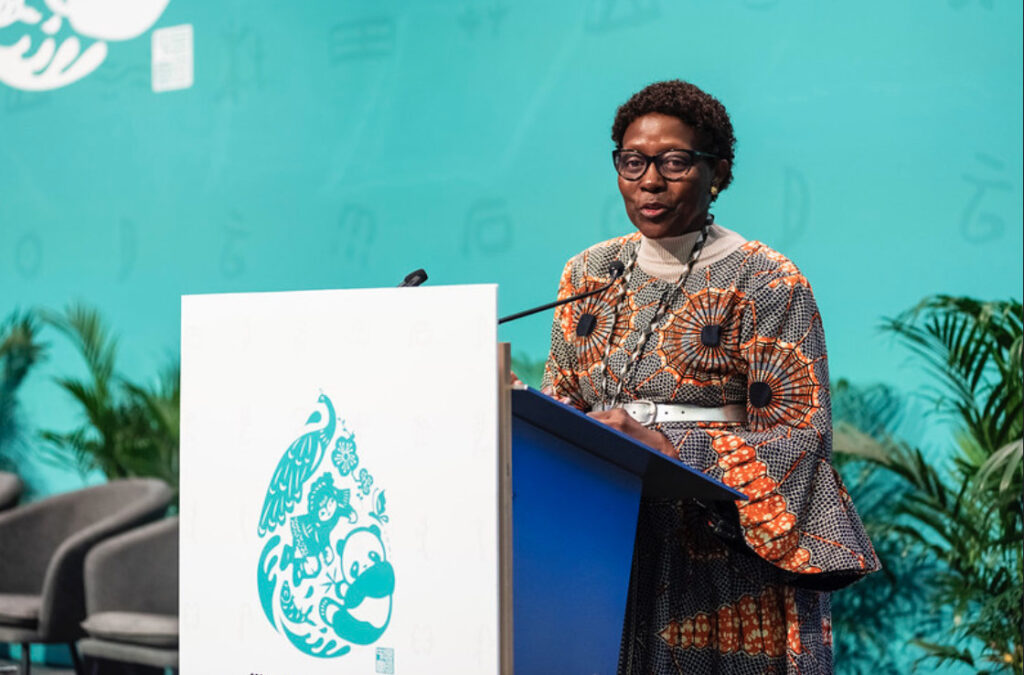
NATURE RELATED RISK
Measurement was a prominent topic throughout COP 15, with Emmanuel Faber, Chair of the ISSB calling for integration of nature and finance through the Taskforce on Nature-Related Financial Disclosures (TNFD) framework. NatureFinance are Knowledge Partners to TNFD and will host a major nature finance event during the April 2023, G7 meetings in Tokyo with TNFD, WBCSD, and others.
NatureFinance, SEED BIOCOMPLEXITY INDEX and the Landbanking Group joined forces to demonstrate how capturing the interconnections of ecosystems, above and below ground, allow us to monitor, assess and improve how we manage nature-related risk, and support and nurture eco-systems.
This work is closely tied to Target 15 of the GBF that requires transnational companies and financial institutions to “regularly monitor, assess and disclose their risks, dependencies and impacts on biodiversity”, including their operations, supply and value chains, and portfolios.
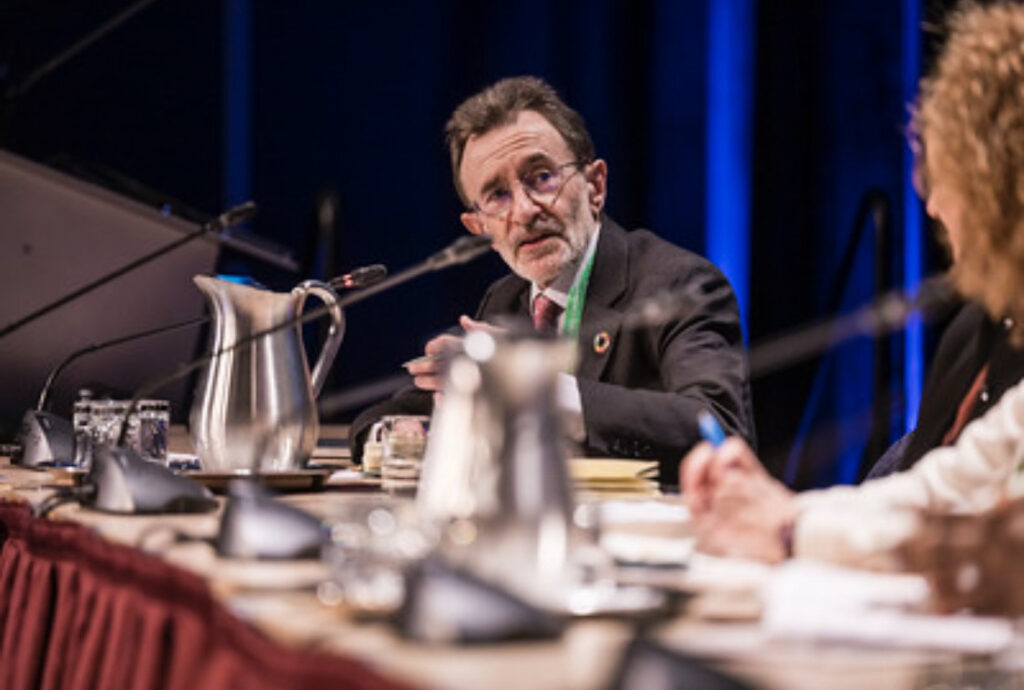
BIODIVERSITY CREDIT MARKETS
Alongside new, stronger biodiversity commitments is the reality that they need to be funded and COP15 saw agreement on immediate establishment of a Global Biodiversity Framework Trust Fund under the Global Environment Facility (GEF).
While the language of nature positive did not make it into the GBF, the reality of new nature-related markets did. NatureFinance participated in a convening of 40 organisations working on biodiversity credit markets, and highlighted the need for better governance to ensure that these markets protect and regenerate nature, not commodify and exploit it.
This is reflected in the Target 19 (d) of the GBF, noting a commitment to “stimulating innovative schemes such as payment for ecosystem services, green bonds, biodiversity offsets and credits, benefit-sharing mechanisms”.
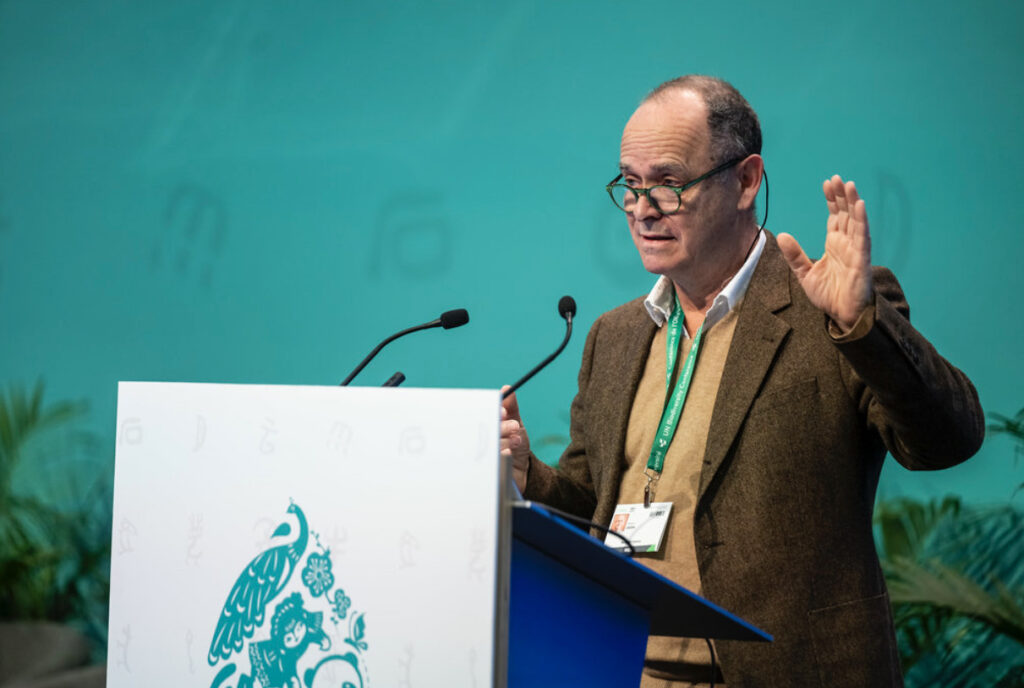
SUSTAINABILITY-LINKED SOVEREIGN DEBT
The triple nature-climate-sovereign debt crisis was a dominant theme at COP 15: eco-systems most at risk are too often in countries with unsupportable sovereign debt. The potential of KPI-linked sovereign debt instruments was showcased through the Belize pay-for-performance bond which reduced sovereign debt by 10%, increased investment in marine conservation by USD$400milion– and served as leverage for other deals.
The multilateral development banks (MDBs) shared how to extend sustainability-based sovereign debt instruments, including the Islamic Development Bank (IsDB)’s green and nature sukuks.
“The Kunming-Montreal global targets has a focus both on mobilising funds and aligning global finance, as well as explicit and extensive reference to nature-related risks and the responsibilities of the financial community.
Simon Zadek, Executive Director, NatureFinance
“These are signals about what needs to happen on the ground. Given where we’ve come from over a short period, it’s quite remarkable.
Finance showed up”
